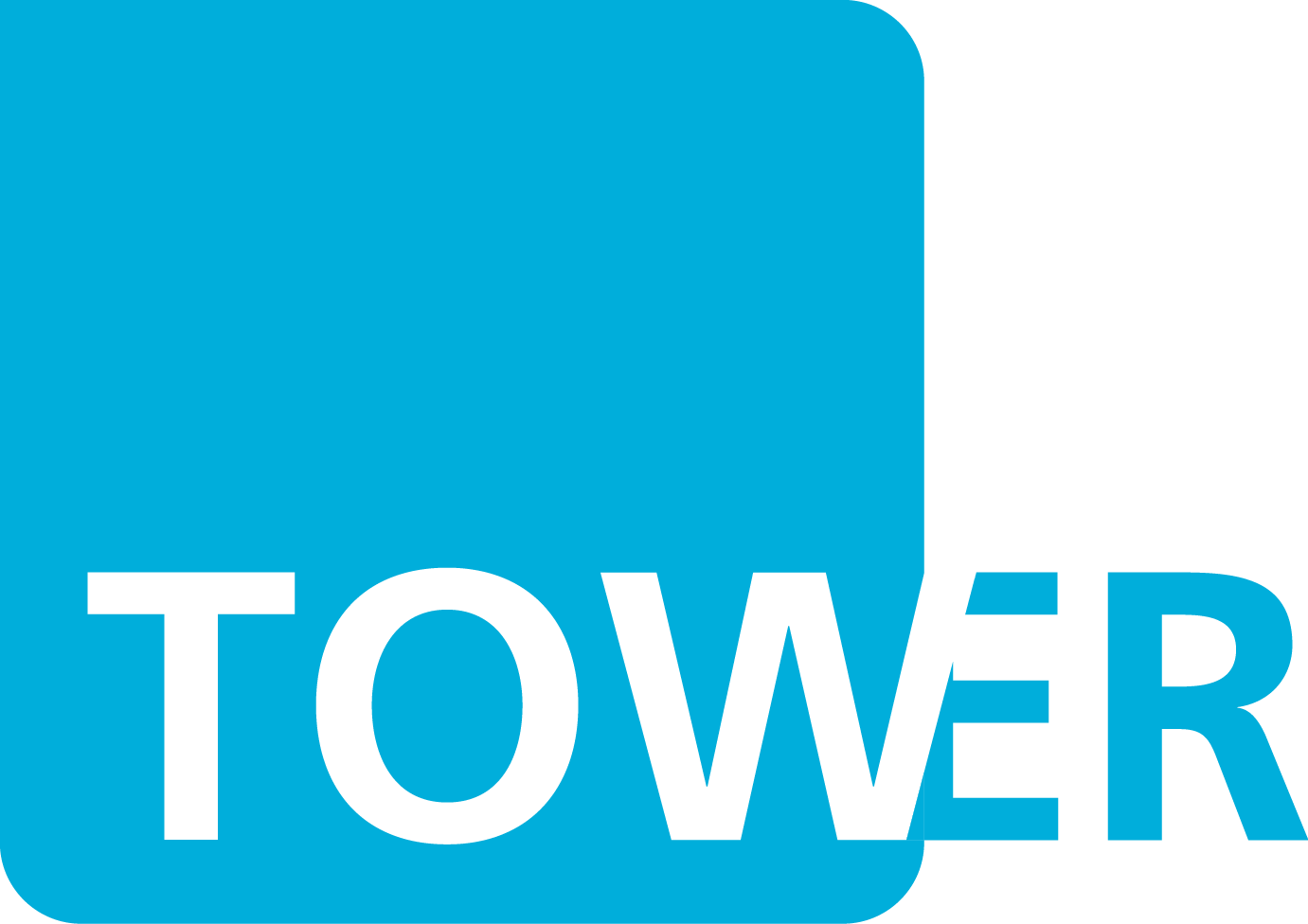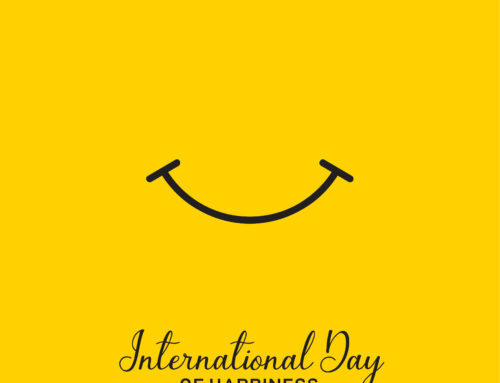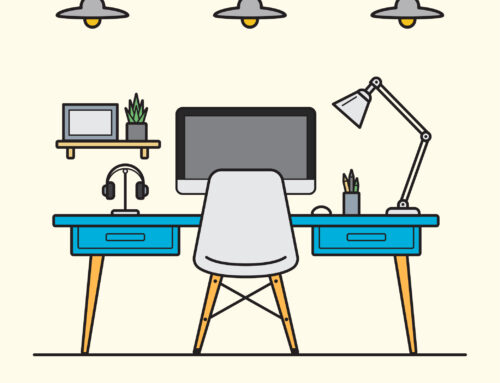In today’s technologically advanced world, there’s an abundance of different ways a business can market itself, whether that’s through advertising, digital marketing, PR, events or social media. Ultimately, whichever channels your business chooses, all are executed with the same goals in mind; increase brand awareness and create customers.
What some companies fail to do, however, is to remember the human element to all of their marketing efforts. It’s vital to remember that human beings are not entirely rational, we are instead, emotional creatures who can be subliminally manipulated by preferences and nostalgia. It is these elements of human psychology which clever companies are jumping on to get you to spend more on their brands.
We’ve put together the 5 ways businesses are secretly manipulating your emotions:
#1 The psychology of colour
One of the oldest and most commonly used tactics by brands is the use of colour, on everything from logos to store fronts. Big players, like McDonald’s, have used the subtly of colour to tempt in customers for years, with red evoking feelings of hunger and yellow producing feelings of happiness, so it’s not your fault you’re attracted to those golden arches! Blue can induce feelings of trust without being evasive, as well as calmness and serenity. That’s why you’ll see it on platforms where personal security is paramount; including Facebook, LinkedIn and Twitter, as well as banks, such as American Express. Green can trigger thoughts of nature, as well as wealth and prosperity and can be found on the likes of BP, Starbucks and Whole Foods. These colours may seem trivial initially, but almost 85 per cent* of people cite colour as their primary reason for purchasing a product. So next time you’re shopping, whether that’s online or in store, take a minute to think what a brand’s colour scheme may be trying to evoke in your emotions.
#2 Anthropomorphism
Simply put, anthropomorphism is the giving of human qualities to non-human entities, and it is something that marketers have figured can affect the way we view a brand. For example, think about Amazon’s subtle use of the smiley face in their logo. This simple tactic can alter brand perception and make us as humans, feel trusting and optimistic. Another example I came across was Heineken. It is so subtle it took me a while to fully appreciate that it could affect the way I view the brand, which is exactly the point. According to Marc Andrews, a creative director and psychologist from Amsterdam, Heineken has mastered the art of subliminal messaging, so much so, that we do not consciously notice the three e’s in the logo are tilted slightly backwards, allowing a toothless grin and evoking feelings of happiness and humanity. Marc Andrews says “There’s nothing human about a typeface, but this slightly turned up ‘e’ gives the feeling of smiling and this gives you a totally different relationship to the brand*”.
#3 Delayed Receipts
Huge corporate companies, such as Apple, use this little trick to make you feel less guilty about an impulse purchase, let’s say buying more lives in Candy Crush #guilty. By delaying your receipt, so that you receive it days or even weeks later, Apple knows that you won’t feel that bad about your purchase, making it more probable that you’ll be back on the App store to dish out $10 on cheeky boosts and keys to open next levels.
#4 Social Proof
Marketers have also tapped into the human emotion of social insecurity when it comes to customers making purchases. We tend to trust our friends and peers when they recommend something to us, such as a restaurant, hairdressers or dentists, and we are just as likely to do the same if we see that expressed across different channels. Likes on Facebook pages and testimonials, such as ‘9 out of 10 people choose Andrex toilet paper’, work exceptionally well in influencing human behaviour (plus they have a puppy mascot, another tactic for another day!). I mean, if all your friends on Facebook liked a page, would you not be tempted to a) check it out and b) like it too?
#5 Scare Tactics
Ever been booking a flight online, only to be startled with a warning that there’s ONLY ONE SEAT LEFT at that price, before you immediately purchase that ticket? I know from experience that nothing will get me into buying mode more quickly than the fear of missing out, or being made to pay more for something than I’d seen for cheaper. This tactic is a particularly cheeky one (I mean, how many times is it REALLY the last seat?) and used across many brands in order to give customers a kick up the backside to purchase something they may just be mulling over at the time.
So be sure to watch out for these sneaky strategies, or if you’re a business, why not use them to your advantage?





